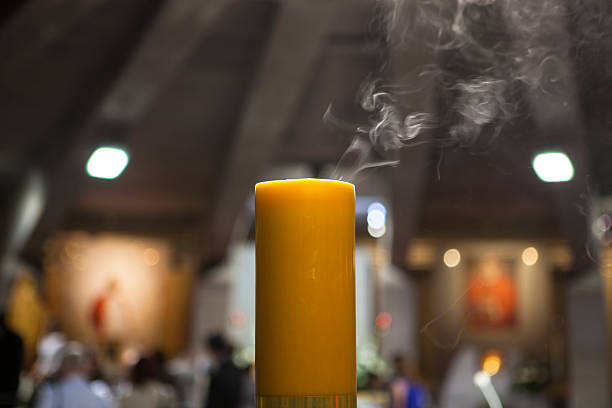Make sure to include breaks in your schedule to give yourself time to rest and recharge. Break Down Tasks: Break down your practice routine into smaller tasks. This will help you stay focused and motivated. For example, if you are working on a piece of music, break it down into sections and practice each section separately. Track Your Progress: Keep track of your progress by writing down what you have accomplished each day. This will help you stay motivated and see how far you have come. Be Flexible: Don’t be afraid to adjust your practice routine if it isn’t working for you. If something isn’t working, try something different. The violin is one of the most beloved instruments in the world—and for good reason. Not only does it have a rich history, but it’s a versatile instrument that can be used to play anything from classical symphonies to modern rock songs.
But the violin didn’t just appear out of thin air — its story has been centuries in the making. In this blog post, we’ll explore the fascinating history of the violin, from its first appearances in Renaissance Europe to its current place as an integral part of many musical cultures around the world. The violin is a stringed instrument that has its origins in the Medieval period. The first violins were created in Italy in the 16th century, and the instrument quickly became popular across Europe. Violins were used in orchestras and for solo performances, and they remain an important part of classical music today.The earliest violins were crudely made, with little regard for aesthetics or sound quality. They were simply functional instruments designed to be played by amateurs. Over time, however, violin makers began to pay more attention to the craft of making violins, and the quality of the instruments gradually improved.
By the 18th century, violins had become highly refined and were being made by some of the most celebrated craftsmen in Europe.Today, violins are still made using many of the same techniques that were developed centuries ago. The best violins are handmade by skilled artisans using only the finest materials. These instruments can cost tens of thousands of dollars, but they are prized by professional musicians for their exceptional beauty and sound. The first record of the violin being used in Europe dates back to the Middle Ages, when it was known as the fiddle. It is believed that the instrument originated in Persia, and was later brought to Europe by the Moors during the 8th century. The fiddle quickly became a popular instrument among the peasantry and was often used for dance music.During the Renaissance, the violin began to evolve into its modern form. Italian luthiers were particularly instrumental in this process, and the first violins were built in Cremona during the early 16th century. These early instruments were much smaller than today’s violins, and had only three strings.



